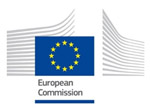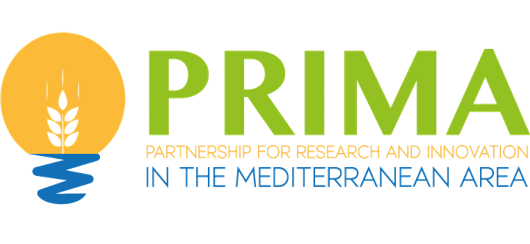 Monitoring 10-m LST from the Combination MODIS/Sentinel-2, Validation in a High Contrast Semi-Arid Agroecosystem
Monitoring 10-m LST from the Combination MODIS/Sentinel-2, Validation in a High Contrast Semi-Arid Agroecosystem
Abstract: Downscaling techniques over a solution to the lack of high-resolution satellite Thermal InfraRed (TIR) data and can bridge the gap until operational TIR missions accomplishing spatio-temporal requirements are available. These techniques are generally based on the Visible Near InfraRed (VNIR)-TIR variable relations at a coarse spatial resolution, and the assumption that the relationship between spectral bands is independent of the spatial resolution. In this work, we adopted a previous downscaling method and introduced some adjustments to the original formulation to improve the model performance. Maps of Land Surface Temperature (LST) with 10-m spatial resolution were obtained as output from the combination of MODIS/Sentinel-2 images. An experiment was conducted in an agricultural area located in the Barrax test site, Spain (39°03'035” N, 2°06' W), for the summer of 2018. Ground measurements of LST transects collocated with the MODIS overpasses were used for a robust local validation of the downscaling approach. Data from 6 different dates were available, covering a variety of croplands and surface conditions, with LST values ranging 300–325 K. Diferences within ±4.0 K were observed between measured and modeled temperatures, with an average estimation error of ±2.2 K and a systematic deviation of 0.2 K for the full grounddataset. A further cross-validation of the disaggregated 10-m LST products was conducted using an additional set of Landsat-7/ETM+ images. A similar uncertainty of ±2.0 K was obtained as an average. These results are encouraging for the adaptation of this methodology to the tandem Sentinel-3/Sentinel-2, and are promising since the 10-m pixel size, together with the 3–5 days revisit frequency of Sentinel-2 satellites can fulfill the LST input requirements of the surface energy balance methods for a variety of hydrological, climatological or agricultural applications. However, certain limitations to capture the variability of extreme LST, or in recently sprinkler irrigated fields, claim the necessity to explore the implementation of soil moisture or vegetation indices sensitive to soil water content as inputs in the downscaling approach. The ground LST dataset introduced in this paper will be of great value for further refinements and assessments.
Keywords: Downscaling; thermal infrared; land surface temperature; disaggregation; Copernicus

